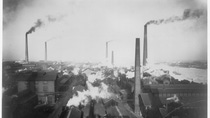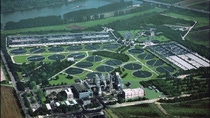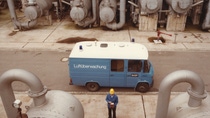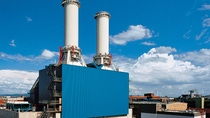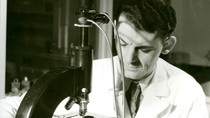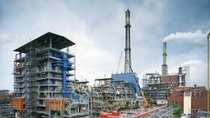Who we are
Soil, Water, Air - BASF and the Environment
Environmental protection only becomes an issue for BASF – as for most industrial companies – in the 1960s. Since then, it has been consistently investing in environmental protection and extending its underlying concept.
Regarding industrialization, environmental damage is still considered a necessary evil in the first half of the 20th century. This view is not reconsidered in Europe and North America until the 1960s when industry-related environmental damage becomes too obvious.
BASF reacts with an array of measures. In 1968, it begins reporting emission inventories long before such records are required. In 1974, the BASF wastewater treatment plant goes into operation as the largest of its kind in Europe.
BASF consistently develops these early measures for remedial environmental protection in the following years. In addition, there is an increased focus on precautionary environmental protection measures since the 1990s to avoid environmental problems up front. For this purpose, measures are already put in place during the development of new processes and products including eco-efficiency analysis, introduced by BASF in 1996.
BASF’s Verbund principle also contributes to preventive measures for environmental protection by allowing the by-product of an operation to be used very efficiently as a primary product for another operation or allowing excess reaction heat to be used in the neighboring factory as an energy source. In this way, resources are used efficiently while emissions and waste are significantly reduced.
BASF products are also helping to reduce pollution and conserve resources today. Neopor, a heat insulator developed in 1998, is one example among many.
